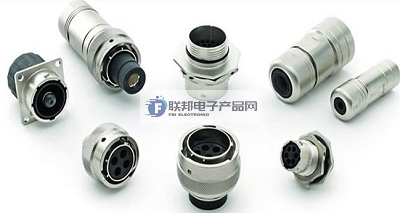Categorization:Product Information
Fine scratches: no depth of the surface abrasions or traces (usually caused by manual operation) Hard scratches: hard objects or sharp objects caused by the depth of the surface of the parts linear scars (usually caused by manual operation) 4.17 dent shrinkage: the surface of the parts appeared in the depression of the traces or the size of the size is smaller than the design size (usually caused by poor molding) Color Separation: plastic production, the flow area of the stripes or dots of the color traces (usually due to the addition of recycled materials or caused by high temperature heating cylinder) Invisible: refers to the defect diameter <0.03mm is not visible, except for LENS transparent area (according to each part of the material to determine the detection distance). Invisible: The diameter of defects <0.03mm is invisible, except LENS transparent area (according to the detection distance set by each product material) Bruise: Traces on the surface or edge of the product caused by the impact of a hard object Oily Spot: Oily liquid adhering to the surface of the object Leakage: Part of the surface of the product that should be sprayed with paint due to an abnormal reason, resulting in the paint not being sprayed on. Poor Edge Trimming: Irregular shapes such as gaps in the edges of the product due to manual trimming Hair Chips: Linear impurities distributed on the surface of the painted parts. Dust spots: Impurities similar to sand particles distributed on the surface of painted parts. Back PIN: The terminal is not pressed into place or the pulling force of the terminal is too low, and this problem occurs after the process or pair insertion. High and low PIN: The terminals on the same horizontal line, there is an uneven phenomenon. [Usually for the pre-pressure fixture design is not reasonable or pre-pressure when the terminal force is not caused by the average] Terminal off-center: the terminal itself is deformed, or due to the deformation of the terminal in the process of insertion, resulting in the PIN pin in the PIN pin groove to the center of the off-center. [To or from the right! Serious cases will lead to terminal sagging or inelastic] Rust: hardware or plating layer surface similar to the bronze-colored spots. Oxidation: Chemical reaction between the hardware or plating layer and oxygen, salty substances or other substances, resulting in small blue or gray patches or corrosion on the surface of the plating layer or substrate. Roughness of gold plating layer: the surface luster of the electric base layer is too low. [caused by too high gold content, too high current density, too high temperature, too high carbonate content] Gold plating layer reddening: the plating layer color is red rather than gold. [The molten solution contains copper, gold content is too high, the temperature is too high, the cathode current density up to the big caused by] gold plating layer is slightly green: the plating layer surface color is slightly green. [Caused by silver impurities in the plating solution] Tin plating layer is brittle and falls off: the plating layer is crumbly or falls off when subjected to vibration. [Caused by too much brightening agent, too high current density, too low temperature...] Tin plating layer with pinholes, pockmarks: small black patches or trachoma on the surface of the plating layer. [Caused by slow cathode movement, too high current density, too high brightener, too much organic impurities...] Terminal deformation: improperly designed stamping molds or in the subsequent processing process leads to the shape of the terminal and the size of the indicators do not match the design value. Dimensions do not match the drawing: the measured dimensions of the product do not match the designed dimensions. Terminal edges have burrs: due to the mold production or blade use time is too long, blade wear, which leads to the terminal edge burrs. Pressure injuries: in the stamping process, due to the mold waste is not timely cleaned up, or not cleaned up, which leads to waste into the molding space, in the stamping process, due to uneven thickness, which leads to the surface of the product parts of the indentation. Oil contamination: Stamped products or plated products have oil contamination on the surface, such as antirust oil and sealing oil. Product does not match the drawing: due to the damage of the mold or use the wrong mold or other reasons that lead to the production of products and drawings or samples do not match.

2, on the federal electronic products network platform related to the introduction and sales of products brief: federal electronic products network - a professional agent / production / sales of all kinds of [connectors | wiring harness | wire and cable products]; if you have a related [connectors | wiring harness | wire and cable products] purchasing / sourcing needs or would like to buy / to understand which connectors | wiring harness | wire and cable products we can provide solutions, please contact our business staff below; If you have related [connectors | harness | wire and cable products] sales / resources and promotion needs, please click on the ¡¡ Business Cooperation ← ¡" and specialists to discuss!